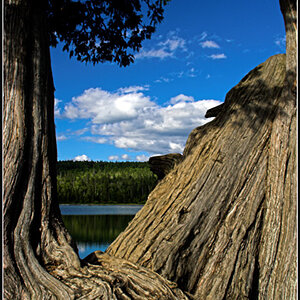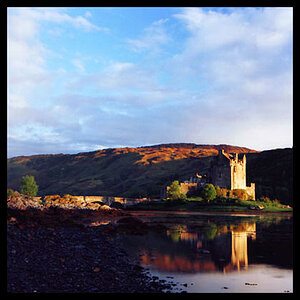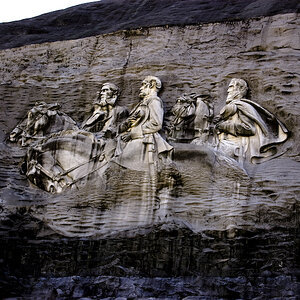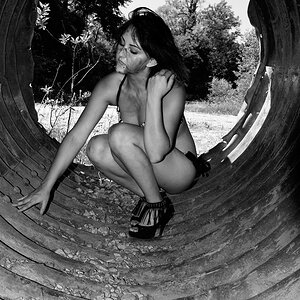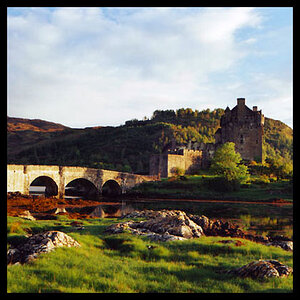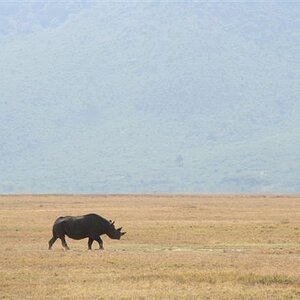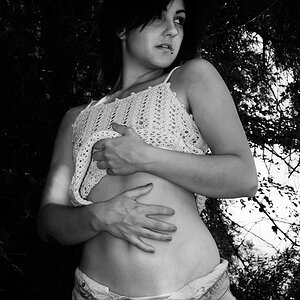sabbath999
No longer a newbie, moving up!
- Joined
- Apr 11, 2007
- Messages
- 2,701
- Reaction score
- 71
- Location
- Missouri
- Can others edit my Photos
- Photos OK to edit
When I first bought my 70-200 f/2.8 VR I got a Hoya HMC UV Protector filter, figuring it would do just fine... but I wasn't pleased by the level of sharpness with the lens...
So the next order I placed I purchased a B&W UV filter, and you can REALLY tell the difference, big time on the two.
I did a little test (shooting a decoration on a neighbor's porch), the first shot is an enlargement of a sign blown up to 400 percent with the Hoya filter taken when I got the lens, and the second is with the B&W taken today (the sun was a little different, hence the slightly different brightness levels).
The distance and subject were identical.
The third shot shows what I blew up the sign from (70mm f/2.8 no VR)



This last is the same display shot at today 200mm wide open at f/2.8 1/800 ISO 160... I can finally say I am pleased with the sharpness of this lens (it wasn't the lens at all, it was the dad-gum filter on it that was causing that slight bit of image deterioration).

So the next order I placed I purchased a B&W UV filter, and you can REALLY tell the difference, big time on the two.
I did a little test (shooting a decoration on a neighbor's porch), the first shot is an enlargement of a sign blown up to 400 percent with the Hoya filter taken when I got the lens, and the second is with the B&W taken today (the sun was a little different, hence the slightly different brightness levels).
The distance and subject were identical.
The third shot shows what I blew up the sign from (70mm f/2.8 no VR)



This last is the same display shot at today 200mm wide open at f/2.8 1/800 ISO 160... I can finally say I am pleased with the sharpness of this lens (it wasn't the lens at all, it was the dad-gum filter on it that was causing that slight bit of image deterioration).




![[No title]](/data/xfmg/thumbnail/37/37606-3c9ffb5906173fa2aa489341967e1468.jpg?1619738148)
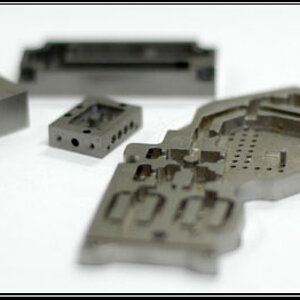

![[No title]](/data/xfmg/thumbnail/37/37605-90c8efaef5b7d1f52d4bf8e7dfd33673.jpg?1619738148)

